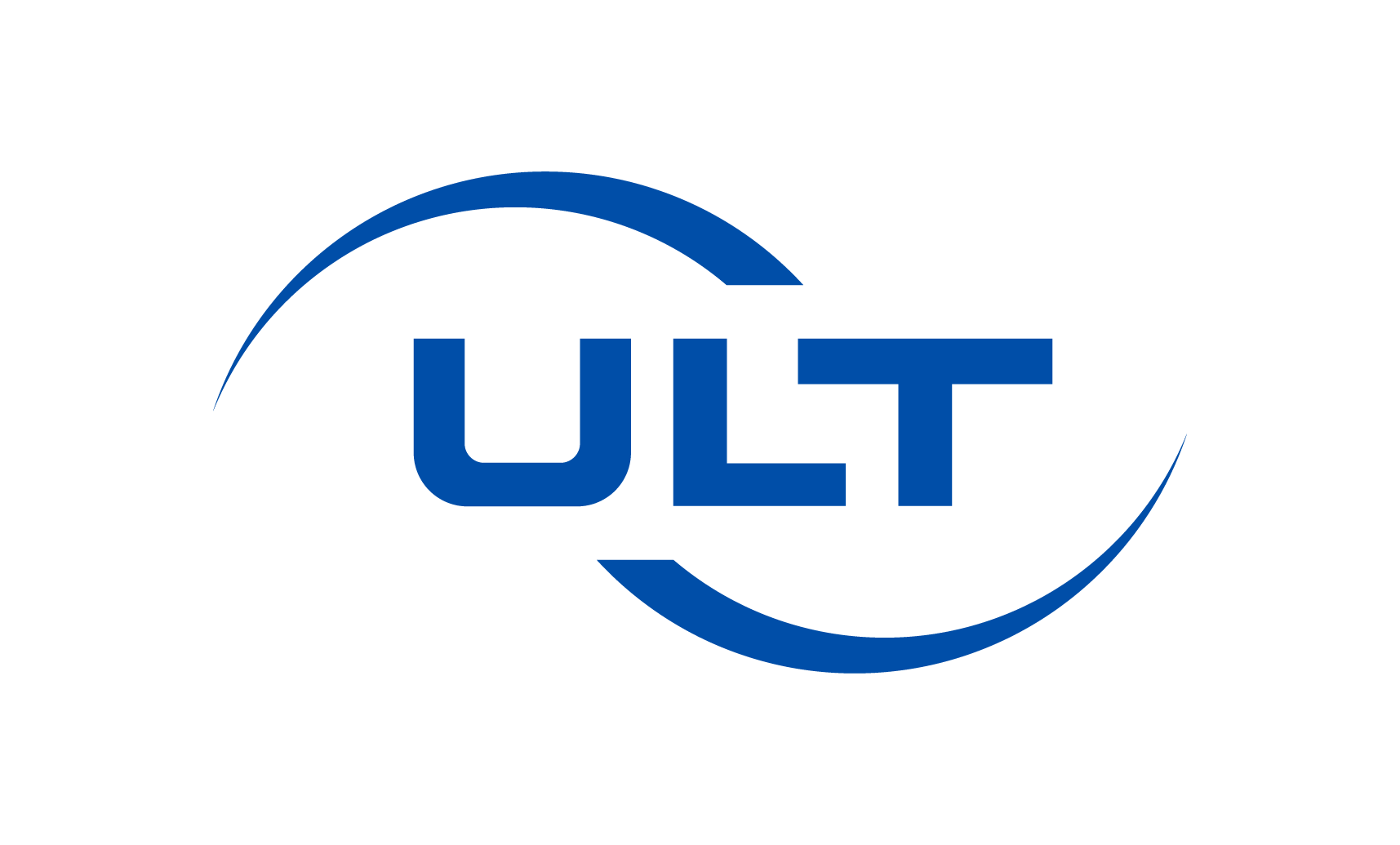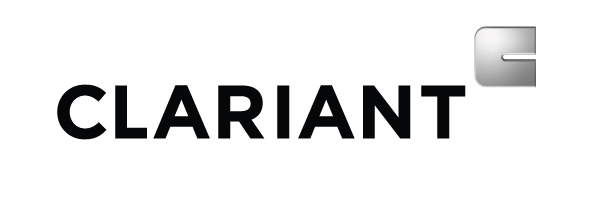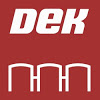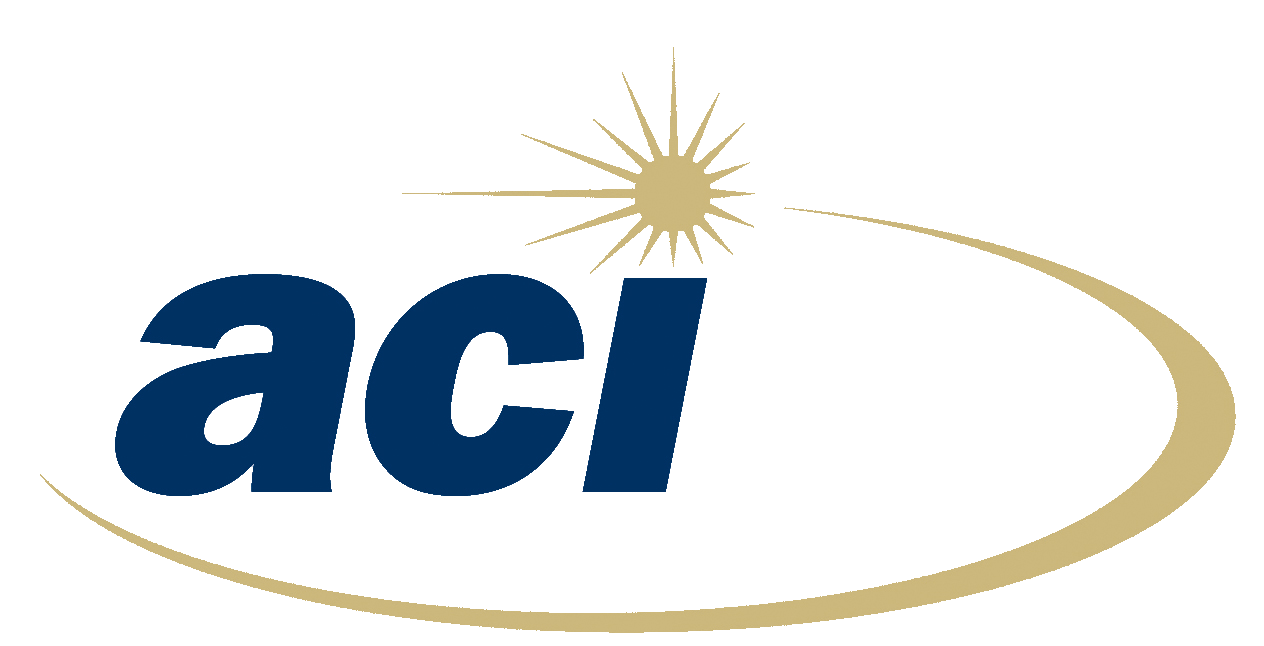Electronics Manufacturing Technical Articles
Papers and articles related to SMT, PCB & EMS industry.
- SMTnet
- »
- Technical Library
1869 SMT / PCB Assembly Related Technical Articles

ULT is a vendor of efficient fume extraction solutions for air purification. The company's systems are utilized for the removal of laser fumes, soldering fumes, odors, vapors, gases, dusts etc. in electronics production.
Okotoks, Alberta, Canada
Selçuk University started education in the academic year of 1976-1977 with two faculties. Faculty of Science and Faculty of Literature, 7 departments, 327 students and 2 permanent lecturers. Selçuk University has significantly ...
Konya, Turkey
Springer is a leading global scientific, technical and medical portfolio, providing researchers in academia, scientific institutions and corporate R&D departments with quality content through innovative information, products ...
LONDON, United Kingdom
S. V. National Institute of Technology
Sardar Vallabhbhai National Institute of Technology Surat, is a public technical university established by the Parliament of India in 1961. It is one of 31 National Institutes of Technology in India recognized by the Government ..
Surat, Gujarat, India

iNEMI (International Electronics Manufacturing Initiative)
iNEMI is an industry-led consortium focused on identifying and closing technology gaps, which includes the development and integration of the electronics industry supply infrastructure.
Herndon, Virginia, USA

iNEMI (International Electronics Manufacturing Initiative)
iNEMI is an industry-led consortium focused on identifying and closing technology gaps, which includes the development and integration of the electronics industry supply infrastructure.
Herndon, Virginia, USA
Often referred to as "The Idea Factory" or "The Crown Jewel," Nokia Bell Labs has an unparalleled history of innovation output. Researchers at Nokia Bell Labs have been behind or involved in nearly every critical technological mil
New Providence, New Jersey, USA
U.S. Naval Research Laboratory
The U.S. Naval Research Laboratory (NRL) is the Department of the Navy's corporate laboratory, and it reports to the Chief of Naval Research. As the corporate laboratory of the Navy, NRL is the principal in-house component in the
Washington,, District of Columbia, USA
Infineon Technologies AG is a world leader in semiconductor solutions that make life easier, safer and greener. Microelectronics from Infineon are the key to a better future. In the 2020 fiscal year (ending 30 September), Infineon
Neubiberg, Germany
Beihang University is designated as an eminent key university ( literally a "first-rate university" of type-A[3] ) by China's Ministry of Education Class A . It was one of China's key universities subsidized by "Project 985" fundi
Beijing, China
To educate, discover and innovate to impact on a rapidly changing society
Torino TO, Italy
JJS Manufacturing is an Electronics Manufacturing Services (EMS) partner, offering low risk, end-to-end procurement, manufacture and supply chain solutions. From our sophisticated manufacturing facilities in both Lutterworth (UK)
Lutterworth, United Kingdom
The University of Connecticut is a public land-grant research university in Storrs, Connecticut. It was founded in 1881. The primary 4,400-acre campus is in Storrs, Connecticut, approximately a half hour's drive from Hartford and
Storrs, Connecticut, USA
World Micro is a leading franchised distributor of electronic parts and components. Established in 1994, World Micro takes pride in providing superior service and world class support that our customers expect and deserve.
Roswell, Georgia, USA
The European Space Agency is an intergovernmental organisation of 22 member states dedicated to the exploration of space. Established in 1975 and headquartered in Paris, ESA has a worldwide staff of about 2,200 in 2018 and an annu
75345 Paris CEDEX 7, France
Zhejiang University, also colloquially referred to as Zheda, is an elite C9 League university located in Hangzhou, the capital of Zhejiang province. Founded in 1897, Zhejiang University is one of China's oldest, most selective, an
Zhejiang, China
Jinan University is a public research university based in Tianhe District, Guangzhou city, Guangdong province, China. It is one of the oldest universities established in China, tracing back to the Qing dynasty.
Guangzhou, Guangdong Province, China
LMT-Cachan, founded in 1975, is a joint research unit common to ENS Paris-Saclay and the National Centre for Scientific Research (CNRS, INSIS-Institute for Engineering and Systems Sciences).
91190 Gif-sur-Yvette, France

Clariant Cargo & Device Protection
Clariant Cargo & Device Protection offers a complete portfolio of desiccants and humidity indicator cards for use in dry packing.
Belen, New Mexico, USA
The University of Connecticut is a public land-grant research university in Storrs, Connecticut. It was founded in 1881. The primary 4,400-acre campus is in Storrs, Connecticut, approximately a half hour's drive from Hartford and
Storrs, Connecticut, USA

LSU is the flagship university for Louisiana, supporting land, sea and space grant research.
Baton Rouge, Louisiana, USA
Victoria Transport Policy Institute
The Victoria Transport Policy Institute is an independent research organization dedicated to developing innovative and practical solutions to transportation problems. We provide a variety of resources available free at this ...
Victoria, British Columbia, Canada
At Wevolver we want to empower people to create and innovate by providing access to engineering knowledge. Humans need innovation to survive and thrive. Developing relevant technologies and creating the best possible solutions ...
Chorley, United Kingdom
At Wevolver we want to empower people to create and innovate by providing access to engineering knowledge. Humans need innovation to survive and thrive. Developing relevant technologies and creating the best possible solutions ...
Chorley, United Kingdom
National Natural Science Foundation of China
The National Natural Science Foundation of China (NSFC) was established on February 14, 1986. Upon its establishment, NSFC was an institution directly under the jurisdiction of the State Council, tasked with the administration ...
Beijing, China
Waste and Biomass Valorization
Springer Publishing is an award-winning publisher of healthcare and behavioral sciences content, featuring books, apps, journals, and digital products. With an acute understanding of how educators teach, how practitioners work ...
6330 Cham, Switzerland
Solderability Testing and Solutions Inc
Solderability Testing and Solutions Inc is located in Richmond, KY, United States and is part of the Consumer Services Industry. Solderability Testing and Solutions Inc has 2 total employees across all of its locations ...
Richmond, Kentucky, USA

PWB Interconnect Solutions Inc.
PWB designs and manufactures test equipment and provides services to test the reliability of Printed Circuit Boards.
Nepean, Ontario, Canada
Osaka University, or Handai, is a public research university located in Osaka Prefecture, Japan. It was one of Imperial Universities in Japan, one of the Designated National University and selected as a Top Type university ...
Osaka, Japan
National Cheng Kung University
National Cheng Kung University is a public research university located in Tainan, Taiwan. NCKU is one of the best comprehensive universities in Taiwan and a leader in promoting industry-academia cooperation. ...
Tainan City, Taiwan

Intel designs and builds the essential technologies that serve as the foundation for the world's computing devices.
Santa Clara, California, USA

Solder pastes, solder preforms, solder spheres, soldering fluxes, electrically-conductive adhesives. All alloys: tin-lead, lead-free, indium alloys, and more.
Utica, New York, USA

With numerous facilities in the United States, we are one of the electronics industry's leading manufacturers of lead-free solder products, superior quality stencils, and precision cut parts.
Greeley, Colorado, USA
The University of Southampton is a research university in Southampton, England. The university's origins date back to the founding of the Hartley Institution in 1862. In 1902, the Institution developed into the Hartley University
Highfield, Southampton, United Kingdom

The ASM SMT Solutions segment is made up of SMT Printing Solutions (DEK) and SMT Placement Solutions (SIPLACE). Under the DEK brand, it sells best-in-class printing solutions for the electronics and solar industries.
Suwanee, Georgia, USA

Isola a global material sciences company focused on designing, developing, manufacturing and marketing copper-clad laminates and dielectric prepregs used to fabricate advanced multilayer PCBs.
Chandler, Arizona, USA
As a next-generation university, Concordia sets its sights further and more broadly than others. We align the quality of learning opportunities to larger trends and substantial challenges facing society. We pursue technology ...
Montreal, Quebec, Canada
Founded in 1419, it is the third-oldest university in Germany. It is the oldest and largest university in continental northern Europe and the Baltic Sea area, and 8th oldest in Central Europe.[3]
Rostock, Germany

ACI, an authorized IPC Training Center operating the National Electronics Manufacturing Center of Excellence providing analytical testing, manufacturing and repair services to the electronics industry.
Philadelphia, Pennsylvania, USA
Consultant / Service Provider, Standards Setting / Certification, Training Provider

MIRTEC has earned a solid reputation as one of the most Progressive and Dynamic Suppliers of Automated SMT Inspection Equipment to the Electronics Manufacturing Industry.
Oxford, Connecticut, USA

Isola a global material sciences company focused on designing, developing, manufacturing and marketing copper-clad laminates and dielectric prepregs used to fabricate advanced multilayer PCBs.
Chandler, Arizona, USA
Arlon Technology Enabling Innovation
Rancho Cucamonga , California, USA

Global manufacturer of XPM Reflow Ovens, ZEVA Selective Soldering and Delta Wave Soldering Equipment.
Camdenton, Missouri, USA

Solder pastes, solder preforms, solder spheres, soldering fluxes, electrically-conductive adhesives. All alloys: tin-lead, lead-free, indium alloys, and more.
Utica, New York, USA

Engineering Physics Center of MSU
We're engaged in the development and sale of complex electronics, automation of experimental installations in laser physics, creation of automatic testing systems and diagnostics of printed circuit boards and electronic components
Moscow, Russia

Engineering Physics Center of MSU
We're engaged in the development and sale of complex electronics, automation of experimental installations in laser physics, creation of automatic testing systems and diagnostics of printed circuit boards and electronic components
Moscow, Russia

One of the world's leading suppliers of integrated production systems, chemistry, equipment, know-how and service for electroplating, semiconductor and printed circuit board manufacturing.
Berlin, Germany
Uyemura International Corporation
Ontario, , California, USA

Henkel is a manufacturer of materials for PCB and component assembly. The materials include Loctite adhesives, Multicore soldering products, Hysol encaps and underfills, and Power Devices thermal phase change pads.
Irvine, California, USA
Life. Energy. Environment. This triad of engineering priorities is perhaps unmatched in its potential for improving the quality of life for all inhabitants of planet Earth. And at the heart of all three is chemical engineering.
Stanford, California, USA








